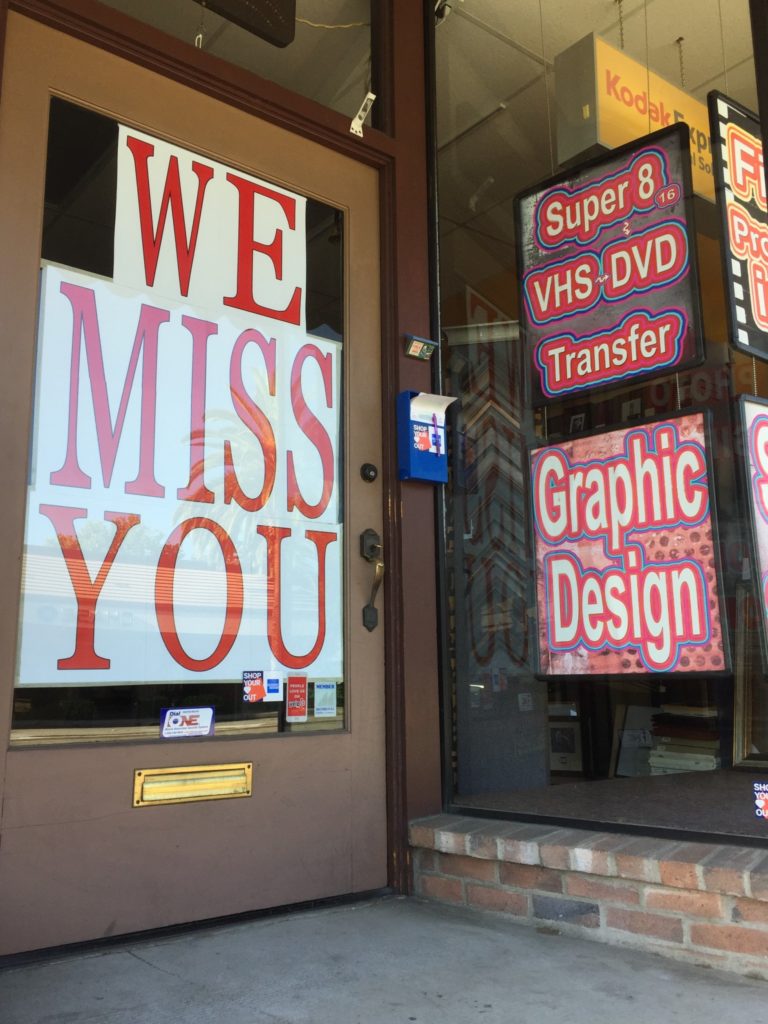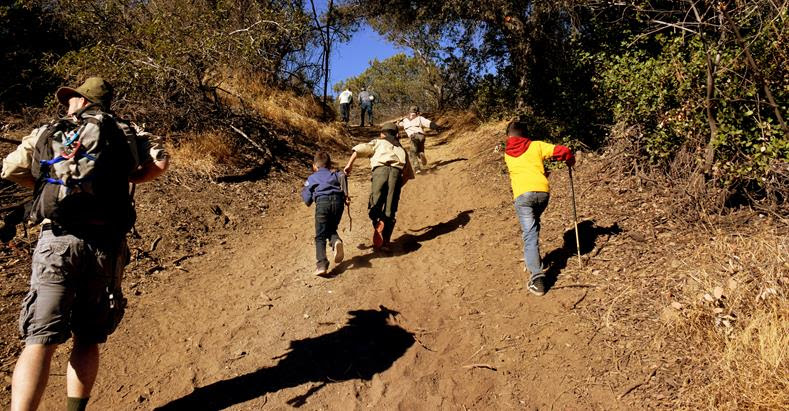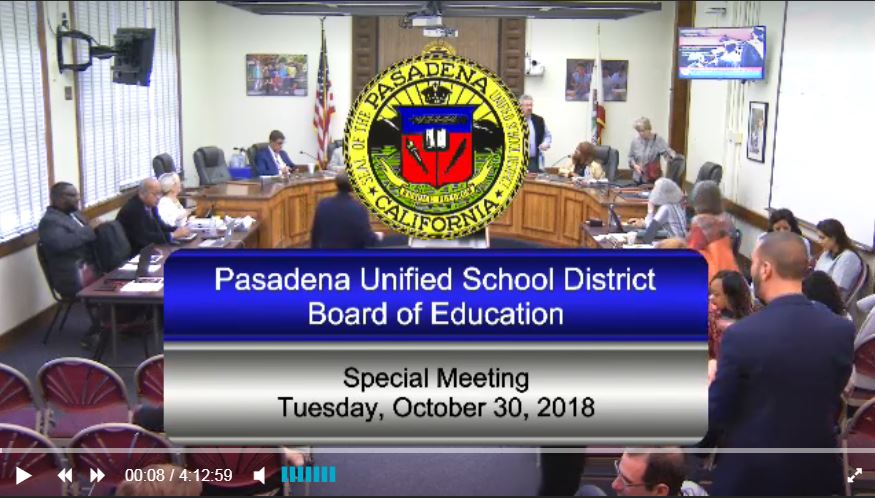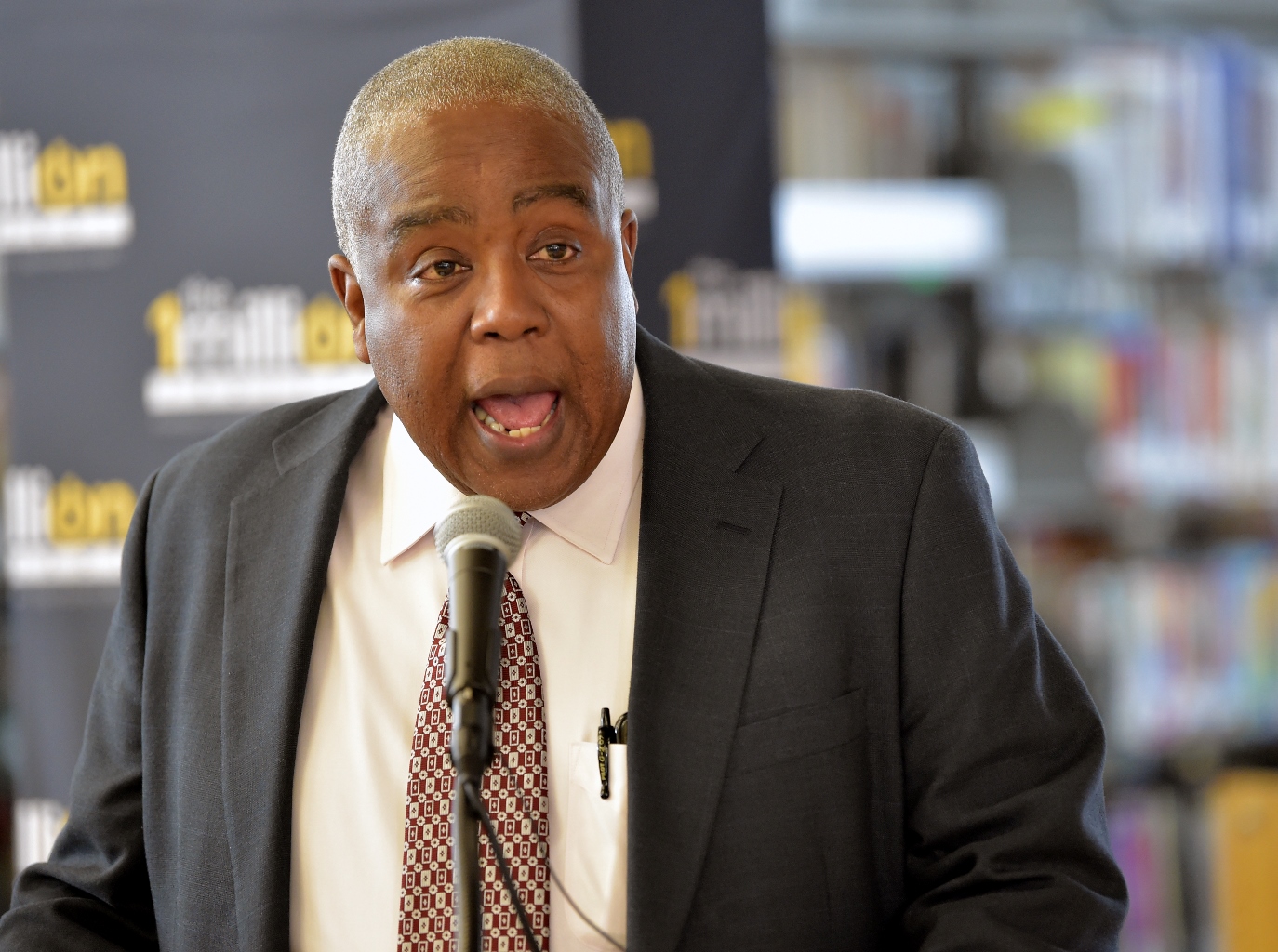
Financial life support is only part of the issue
By Terry Miller
Opening up the United States after months of a deadly pandemic altered our lives forever will be a bit like reinventing the wheel.
On Monday, Pasadena council had discussions on the viability of the reopening process, effects and consequences in light of the staggering number of unemployment claims filed in the country since mid-March — 30 million.
Some businesses can start reopening Friday, according to the governor, if new physical-distancing measures are implemented, among other things. But it’s perhaps easier said than done.
“As early as the end of this week, you will have the capacity as a retailer to begin to reopen for pickup: clothing, bookstores, music shops, sporting goods, florists — with Mother’s Day coming up — and other sectors within that retail sector,” Newsom said.
Not everyone agrees with the so called fast track to reopening. In fact, on Tuesday afternoon Los Angeles County health officials warned of the dangers involved if we rush to reopen. Citing 1,313 deaths and 27,815 cases in the county, Dr. Barbara Ferrer, director of L.A. County Public Health, said we still need to be vigilant and maintain social distancing as much as possible. Factors related to certain businesses and recreational spaces re-opening in the county were released on Wednesday.
In Michigan, last week, the intimidating side of hate and defiance showed its ugly head at the state’s capitol where some people openly carried high power rifles, wore swastikas and carried Confederate flags. The images were alarming and garnered international attention.
Statewide, however, Governor Newsom appears to be listening to public health experts as well as frustrated citizens. On Monday some of the beach restrictions were rescinded, particularly in Orange County, where massive protests have highlighted the frustration of the stay at home orders for some.
In recent weeks, especially in Orange County, there have been multiple protests against the lockdown orders and in Huntington Beach there were 4,000 protesters, many of whom did not adhere to social distancing nor don any face coverings.
It seems that defiance is very much on the minds of some business owners and residents alike. In San Clemente a privately owned restaurant defied state and county orders and opened up over the weekend as did a local gym in Victorville. Some say this is just the tip of the iceberg which is rapidly melting under the incendiary heat of the stay at home orders.
A security guard was shot and killed at a Family Dollar store in Pennsylvania Friday when he told a woman to wear the sate-mandated face mask within the store. Two men allegedly approached the security guard and one shot him in the head as one yelled at the guard about “disrespecting his wife.” Three people have since been charged.
With the advent of wearing face masks, one man in Santee, near San Diego, caused a shocking reaction when shoppers noticed a man at a local Vons wearing, what appeared to be, a KuKluxKlan hood. The photo was tweeted May 3.
A woman who posted one of several photos of the shopper on social media told the Times of San Diego: “I was in disbelief. He was behind me in line. A man in a wheelchair [went] past and saluted him and he laughed. I took the photo because I couldn’t believe what I was witnessing. I’ve grown up in Santee and have never seen such racism right before my eyes.”
Protests, peaceful and otherwise, have prompted officials and motivated the country into developing reopening plans — perhaps sooner than some scientists believe is safe.
California’s four phase plan goes into the second phase this week saying that low risk businesses, including retail can open as soon as Friday (with modifications). But we still don’t have all the facts and figures.
According to The Atlantic, “The most crucial piece of missing information, and the one that most dramatically shapes the nation’s options, is what proportion of people have actually been infected. So far, the U.S. has more than 576,000 confirmed cases. But between the lack of testing and the unknown proportion of people who experience mild or nonexistent symptoms, the true number of cases is anyone’s guess.”
So opening the economy has its advantages but at what cost?
What about schools? Schools and child care centers can also re-open if changes are made to make sure students will be safe from contracting the illness. This can include having the school year start earlier, possibly as early as late July, Newsom has said.
California’s counties can choose to relax stricter local orders at their own pace during the next stage of reopening.
Perhaps the most pressing issue at hand is financial. With businesses perhaps behind on rent and insurance payments as a result of the stay at home orders, opening up to a limited audience will be difficult if not impossible.
“Data from credit-card processors suggest that roughly 30 percent of small businesses have shut down during the pandemic,” according to The Atlantic.
“Transaction volumes, a decent-enough proxy for sales, show even bigger dips: Travel agencies are down 98 percent, photography studios 88 percent, day-care centers 75 percent, and advertising agencies 60 percent.”
Atlantic writer Annie Lowey sums up the dilemma we face: “The government has never before been tasked with figuring out how to put a majority of the country’s businesses on life support.”
Citing the forgivable loans to small businesses and disaster loans combined with paycheck protection, Lowery points out that it is no panacea. “Since it went live in early April, this rescue effort has been beset with implementation problems. Banks were unclear on what information to collect and were overwhelmed with applications. Small businesses had difficulty figuring out where to put in their paperwork, and what was available to them to begin with.” Then we had the errors and bailouts to people who didn’t need it followed by news that big banks prioritized larger loan applications, and that minority-owned and women-owned business were largely left out of the Payment Protection Plan.






